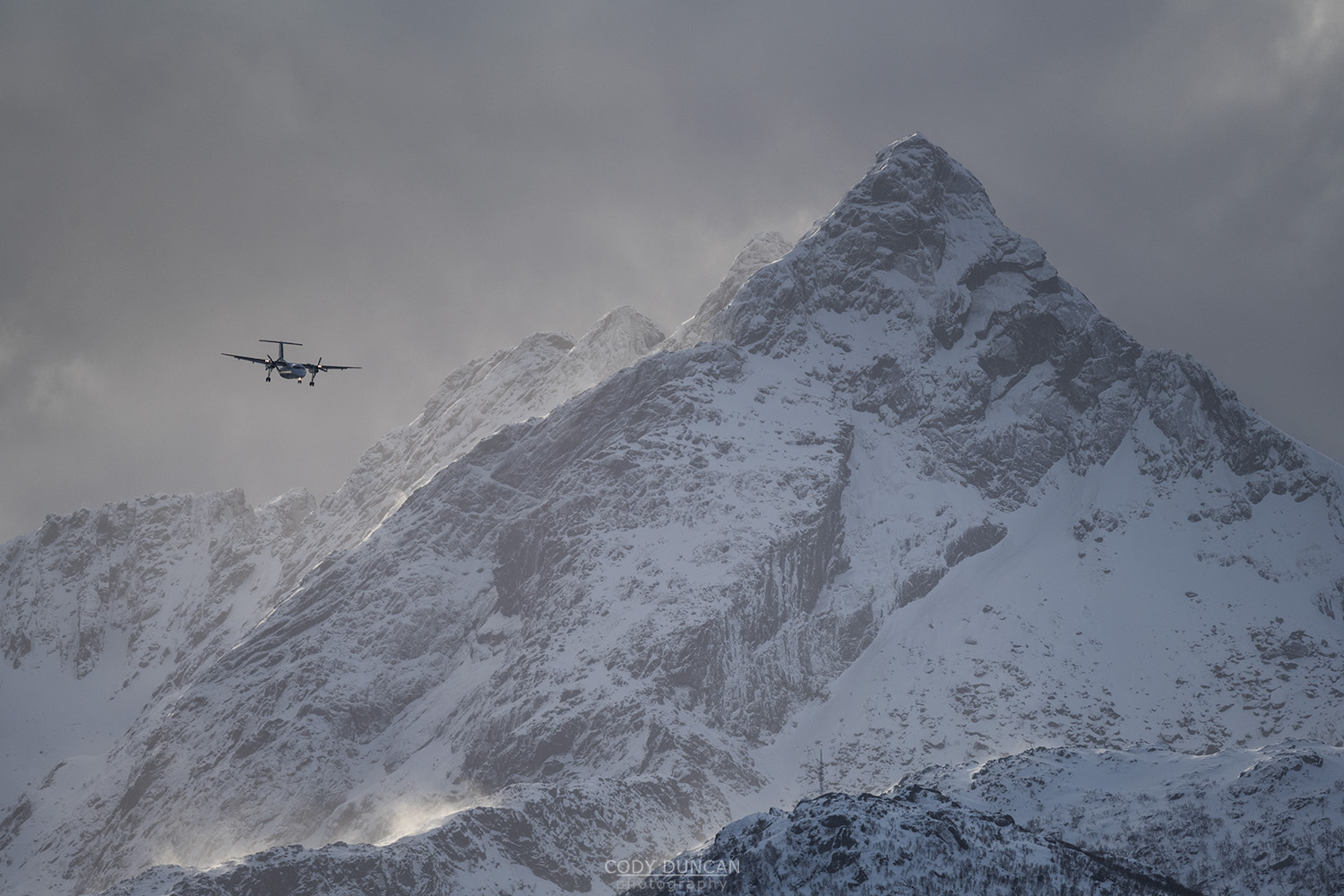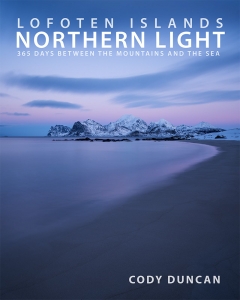Friday Photo #596 – Neverending Light

Photo: Mountains of Vestvågøy rise from a shimmering night sea, Lofoten Islands, Norway. June 4, 2021. 01:57
Two weeks into the midnight sun season and Lofoten is bathed in 24 hour sunlight. And the days only get bright over the following two weeks until the summer solstice on June 20th. By now I will be almost completely ‘nocturnal’ as I stay up late into the morning hours with the sun drifting over the sea to the north. This view is from my house on one of those late mornings. How can I ever sleep?
I like the northern lights well enough, but rarely will I stay up past midnight exclusively for them. And the same goes for any other light on Lofoten – except for the midnight sun season. For me, the midnight sun is the highlight of the year living on Lofoten. Without it, I couldn’t live here.
Photographically, the midnight sun is rarely the best light. But it is the best time simply to be here and experience the slowness, if not stopping, of time for a few short, but precious weeks.
Camera Info:
Nikon Z7 II
Nikon 24-200mm f/4-6.3
200mm
ISO 320
f 6.3
1/640 Second
WB Daylight











